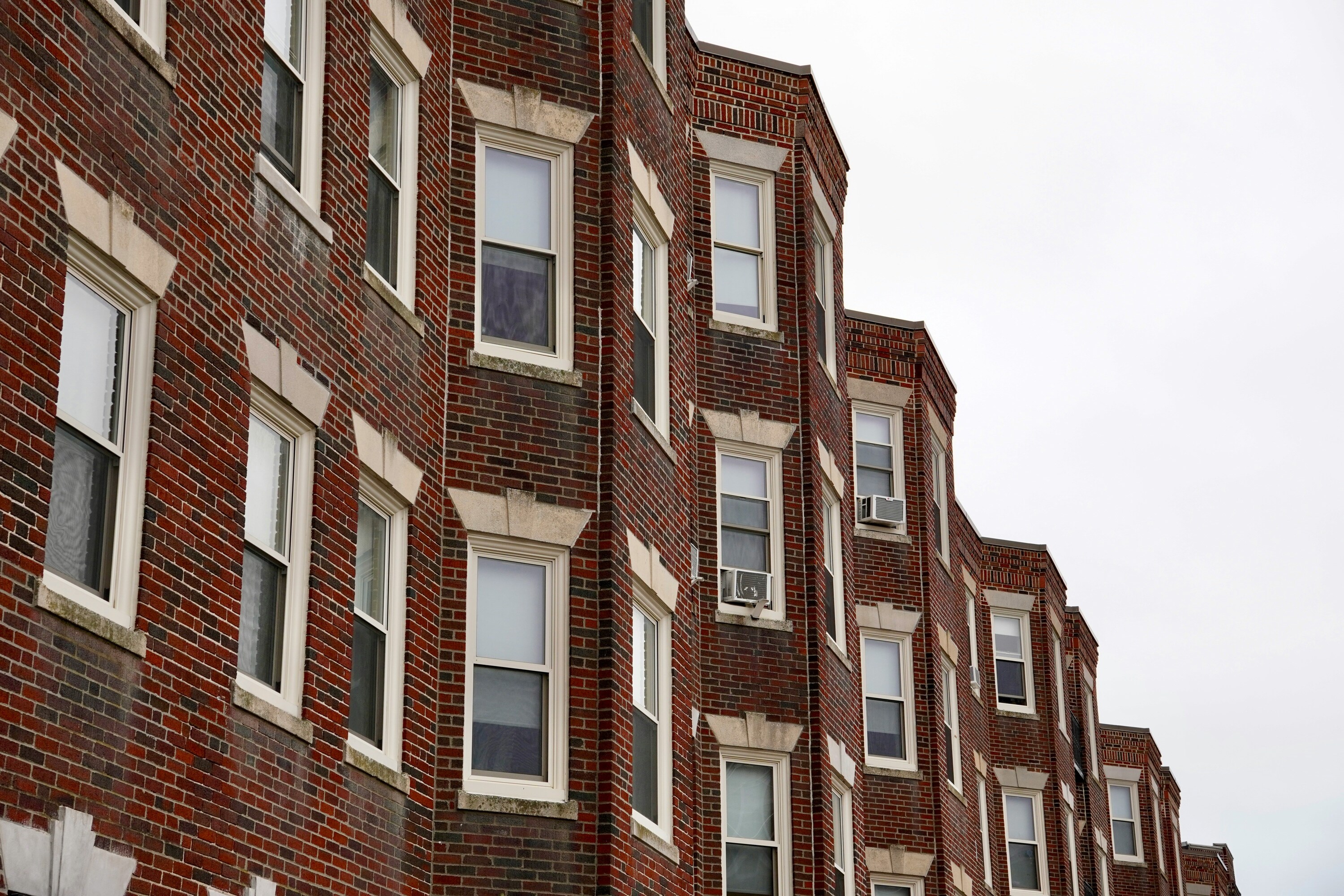 Who Qualifies for Affordable Housing?
Who Qualifies for Affordable Housing?In California, the cost of housing is among the highest in the country, making affordable housing essential for many working families. The Area Median Income (AMI) is used to determine eligibility for many publicly-funded affordable housing programs, particularly through the Low-Income Housing Tax Credit (LIHTC).
According to the Department of Housing and Urban Development (HUD), AMI is the midpoint of a region's income distribution, meaning that half of the households in that area earn more than the median and half earn less. AMI is calculated each year by HUD for metropolitan areas and regions in the United States. So, the demographics and AMI qualifications vary across the country.
Below is a breakdown and overview of AMI qualification levels in California.
Understanding who qualifies for affordable housing helps tailor developments to meet the needs of local communities, ensuring a range of affordable housing options that reflect income diversity across the state. The diverse workforce in California, combined with the high cost of living, makes affordable housing at various AMI levels critical. As a result of these cost burdens, the need for housing support extends beyond traditional low-income families and into individuals and families that work in professions such as government, service and entry-level professionals. Expanding access to affordable units ensures that the entirety of the state’s workforce has the stability needed to thrive in the high-cost environment of California.
 The Low-Income Housing Tax Credit (LIHTC): A Critical Tool for Affordable Housing Development
The Low-Income Housing Tax Credit (LIHTC): A Critical Tool for Affordable Housing DevelopmentBy: Belinda Lee, Director - Development
The Low-Income Housing Tax Credit (LIHTC) program has been an essential component of affordable housing finance since it was enacted as a part of the Tax Reform Act of 1986. Originally created as a tool to encourage public-private partnerships to increase the low-income housing stock, it has been modified several times. Since inception, it has supported the generation of more than 3.5 million affordable housing units nationwide.
Through the LIHTC program, state and local LIHTC-allocating agencies have the authority to allocate approximately $10 billion in federal funds each year to issue tax credits for the acquisition, rehabilitation, or new construction of rental housing targeted to lower-income households. Generally, the state and local agencies award LIHTC credits to private affordable housing developers through a competitive process. Then, developers typically sell the credits to private investors to obtain funding.
Only rental properties (e.g., apartment buildings, single-family homes, smaller multi-unit buildings) qualify for LIHTC. To qualify, the owners or developers of the affordable housing project must meet certain income tests for tenants and rent. Projects must pass one of the income tests below and agree to comply with these parameters for a minimum of 15 years (though some state agencies may require compliance for 30 years):
LIHTC offers investors a dollar-for-dollar reduction in their federal tax liability in return for providing capital to support the development of affordable rental housing. This investment helps subsidize the construction of low-income housing, enabling the units to be rented at rates below the market value.
Investors can claim LIHTC credits, which are calculated by multiplying a credit percentage by the project's qualified basis, over a 10-year period once the affordable housing project is available for tenants. The tax credit is distributed pro rata over this period and can be applied to the construction of new rental buildings or the renovation of existing ones. LIHTC is designed to cover 30 percent or 70 percent of the costs for low-income units in a project. The 30 percent subsidy, known as the automatic 4 percent tax credit, applies to new construction with additional subsidies or the acquisition of existing buildings. The 70 percent subsidy, or 9 percent tax credit, supports new construction without any extra federal subsidies.
LIHTC is essential for the funding of affordable housing projects for several reasons:
By making housing more accessible, LIHTC contributes to improved health and educational outcomes for residents, ultimately promoting social stability and enhancing quality of life. Its ongoing significance in combating housing insecurity makes LIHTC a vital tool for policymakers, developers and communities alike.
 What Is Affordable Housing and Why Does It Matter?
What Is Affordable Housing and Why Does It Matter?Affordable housing refers to housing that is reasonably priced, allowing low- and moderate-income individuals or families to live comfortably without spending an excessive portion of their income on housing. Typically, the standard guideline is that housing costs, including rent and/or mortgage payments and utilities, should not exceed 30% of a household's gross income.
Affordable housing can come in various forms, including government-subsidized housing, public housing projects, and private developments that offer reduced rents or prices. The goal is to ensure that everyone has access to safe and decent living conditions regardless of their financial situation.
Market Rate vs. Affordable Housing
While housing affordability is currently an issue across the United States, there are several key differences between housing categorized as “affordable” versus “market-rate”. Understanding these differences is essential for addressing housing needs and creating policies that promote inclusivity and accessibility in housing markets.
Importance of Affordable Housing
According to the Pew Research Center, in 2020, 46% of American renters spent 30% or more of their income on housing, including 23% who spent at least 50% of their income this way. The same study indicated that about half of Americans (49%) see the availability of affordable housing as a major problem in their local community. Affordable housing is a cornerstone of a healthy society, contributing to individual well-being and broader economic and social stability. Key benefits of affordable housing include:






























































